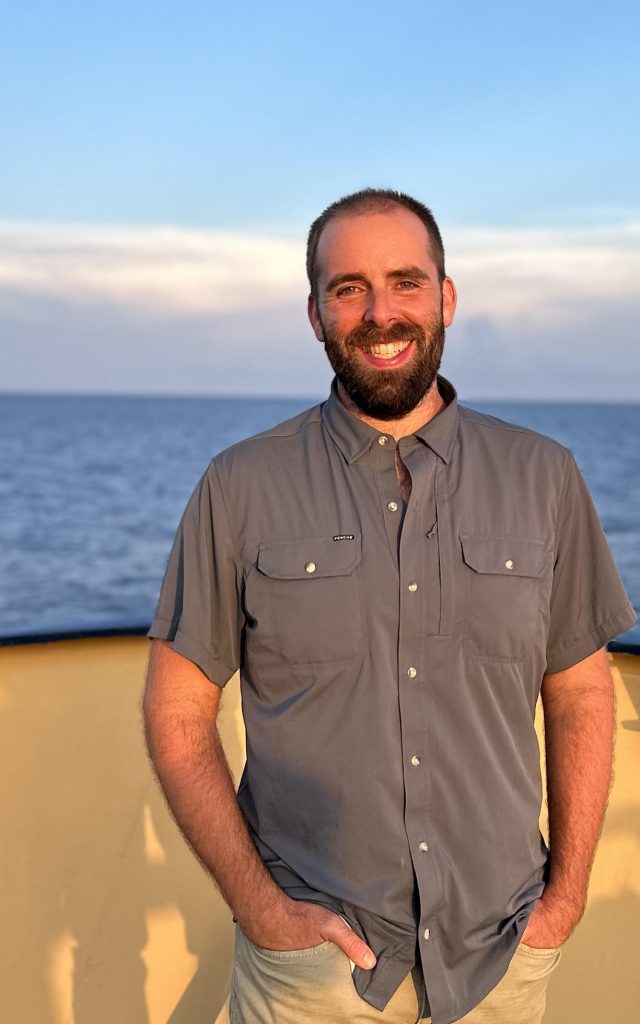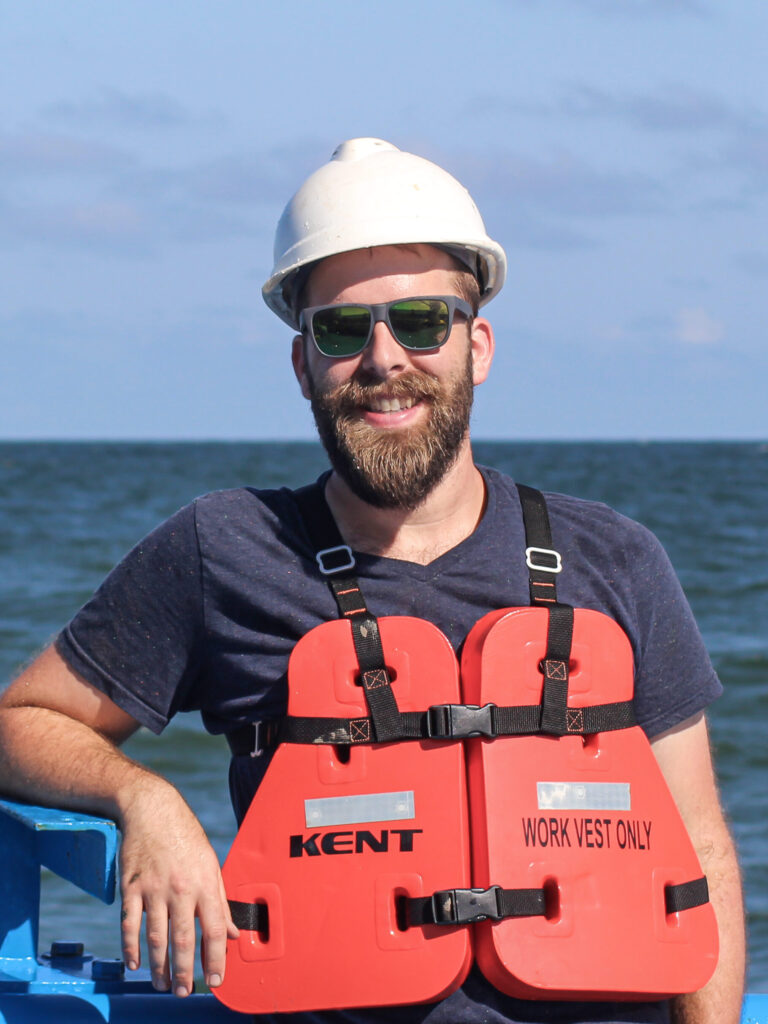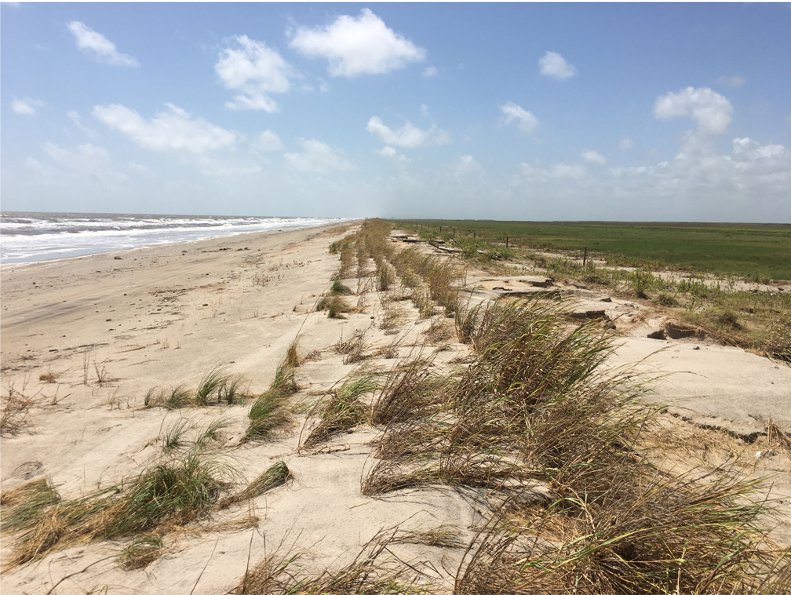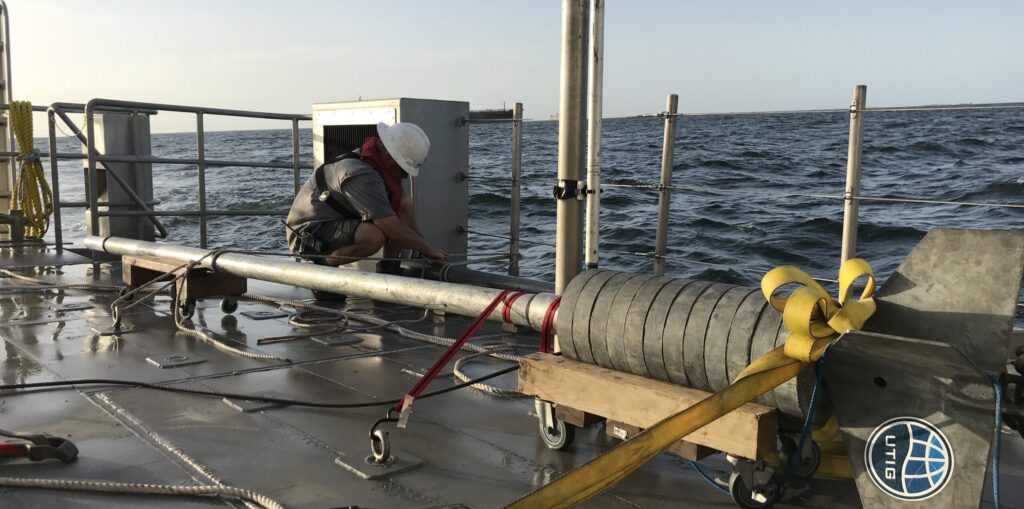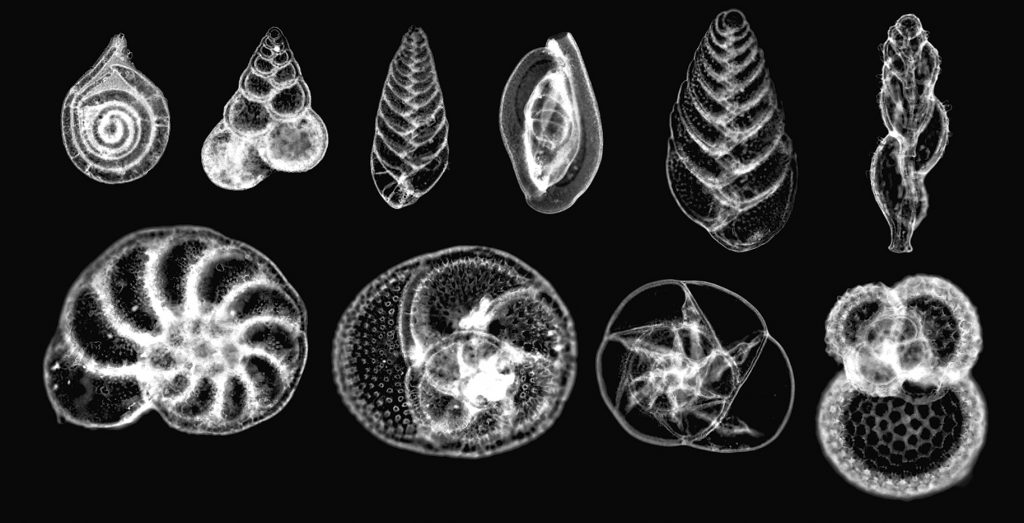From plate tectonics to the dinosaur extinction, scientific ocean drilling has led to major discoveries about our planet’s history and evolution. Now, the field has a new rising star in Chris Lowery, a researcher at The University of Texas at Austin, who was named the 2024 Asahiko Taira International Scientific Ocean Drilling Research Prize recipient… Continue Reading Scientific Ocean Drilling: UT Researcher Wins Prestigious Prize for Work on Mass Extinctions
Chris Lowery Earns Top Early Career Scientist Award for Sedimentary Geology
Chris Lowery, a research associate at the University of Texas Institute for Geophysics, has received the James Lee Wilson Award from the Society for Sedimentary Geology (SEPM). The award recognizes significant research accomplishments by an early career scientist. Lowery’s work has led to advancements in understanding the environment of Earth’s ancient oceans and its marine… Continue Reading Chris Lowery Earns Top Early Career Scientist Award for Sedimentary Geology
UT Begins Offshore Search for Sand Resources to Protect Texas from Coastal Erosion
Scientists from The University of Texas at Austin will embark from Galveston on April 14 in search of sunken treasure that holds the key to protecting Texas from storms and rising seas: sand. About 80% of Texas’ Gulf shoreline is critically eroded, and the state is running out of easily accessible sand to rebuild and… Continue Reading UT Begins Offshore Search for Sand Resources to Protect Texas from Coastal Erosion
Hunting for Sand Resources in the Gulf of Mexico
Sand is in the concrete that holds up our buildings and lines our roads. It’s in the screens of our phones and the glass of our windows. And billions of tons of it are used to protect coastal communities from erosion, sea level rise and the impact of major storms. But you can’t just use… Continue Reading Hunting for Sand Resources in the Gulf of Mexico
Evolution Imposes “Speed Limit” on Recovery after Mass Extinctions
It takes at least 10 million years for life to fully recover after a mass extinction, a speed limit for the recovery of species diversity that is well known among scientists. Explanations for this apparent rule have usually invoked environmental factors, but research led by The University of Texas at Austin links the lag to… Continue Reading Evolution Imposes “Speed Limit” on Recovery after Mass Extinctions

